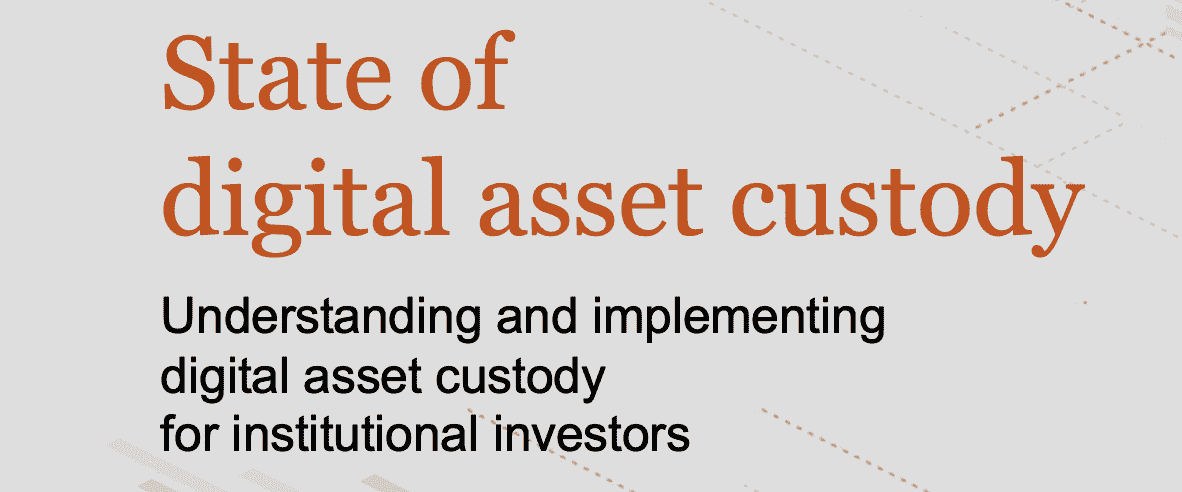Getting started with blockchain: Why should Ethereum set a block for the block?
Why should Ethereum set a second block reward? What are the specific rules for the uncle block reward?
Known as Blockchain 2.0, Ethereum is not only a low-level public-chain platform with smart contracts, but also has a shorter time than Bitcoin, with an average of more than 10 seconds to publish a block.
Shorter block times mean that the chance of a temporary split will increase dramatically . This is because when Miner A dug out a new block, it needs to broadcast to the whole network. The broadcasting process takes time. Due to the short time of ETA, the other nodes may not have received the block released by Miner A. A block of the same height is produced, which causes a temporary fork. In the Ethereum network, the probability of temporary forks is around 8%.
- What is the relationship between Bitcoin and terrorism? This report is enough to explain everything.
- How do we tell the truth about the currency in the currency circle?
- Violence is rising! Is Bitcoin a return to value or a castle in the air?
Figure 1 The current Ethereum block rate is 7.8% Source: www.etherchain. org
Referring to the above table data, in the Ethereum system, about 8 unblocks are generated for every 100 blocks. If the average block time is 15 seconds, the temporary fork will be close to 20 times in one hour . In the Bitcoin system, because there is only one block in an average of 10 minutes, and there is enough time to broadcast the new block to other nodes in the whole network, the probability of this temporary fork is quite small. According to historical data, an average of more than 3,000 blocks will have a temporary fork, which is equivalent to more than 20 days of such temporary forks, which is a relatively rare case.
Temporary forks in the Ethereum system are a common phenomenon. If you deal with bitcoin, only the blocks on the longest chain will have a block reward. For those who dig into the block and end up not on the longest chain. The miners are unfair, and this "unfairness" will be a common situation. This will affect the enthusiasm of miners for mining, and may even weaken the system security of the Ethereum network, which is also a waste of computing power. Therefore, the Ethereum system sets a non-block reward for the unblock that is not on the longest chain. What is the specific rule of the elder block rewards in the Ethereum?
The Ethereum's uncle block reward rules are generally as follows:
1. The unblock must be the direct sub-block of the "ancestor" of the first to the first 6 layers of the block; 2. Each block can reference at most two uncle blocks; 3. The referenced uncle can not be repeatedly referenced; 4. The number of rewards received by the referenced unblock is related to the number of intervals between the unblock and the reference block. The fewer the number of intervals, the more rewards. 5, the block of the reference to the block can be additionally awarded a block reward, each reference to a block, you can get 1 / 32 of the block reward, 6, the transaction fee (also known as miner fee) will not be assigned to the block.
Let us introduce the above rules through an example.
Figure II
Assume that the current block height is 107 (the green block in the above figure), and the stub block that can be effectively referenced can only be the block with the block height of 101-106, in other words, the valid reference interval of the uncle block, at most only Can be within 7 generations. In the yellow block in the above figure, the block height is 100, which is not in the valid reference range of the 107 block. The red block in the figure, because it is not a direct sub-block of the block on the longest chain, cannot be a ter-block.
If there are multiple undirected blocks at the block heights of 101 and 106, the block with a height of 107 can only refer to two, and once a block is referenced by it, it can no longer be used by other blocks. Repeat the reference.
The number of rewards received by the referenced block depends on the "far-and-far" relationship between the block and the reference block. The closer the relationship, the more rewards the uncle gets. The block that references the unblock block, for each block referenced, can get 1/32 of the system's block reward, and can only refer to at most two blocks. At present, the Ethereum new block system rewards 2 Ethereum (2ether). If the uncle block is quoted at the interval, the uncle will get 7/8 of the block reward, which is 1.75ether. Only 6 layers were quoted, and it was awarded only 0.5ether, as shown in the following table.
Figure 3. Relationship between the number of compartments and the reward of the unblock
The average elapsed time of the Ethereum system is only 10 seconds, which makes temporary forks become common. For the sake of fairness and system security and stability, the Ethereum system has set up a block reward. The number of Ethereum's uncle rewards also appears to be "humanized". The closer you get, the more rewards you get for the uncle.
Some people think that the setting of the uncle block rewards increases the inflation rate of Ethereum in disguise, which is not conducive to the “preservation” of Ethereum. Do you agree with this view? why? Feel free to share your opinion in the message area.
Author | Yan Wenchun
Produced|Baihua blockchain (ID: hellobtc)
——End——
『Declaration : This series of content is only for the introduction of blockchain science, and does not constitute any investment advice or advice. If there are any errors or omissions, please leave a message. 』
We will continue to update Blocking; if you have any questions or suggestions, please contact us!
Was this article helpful?
93 out of 132 found this helpful
Related articles
- Trading volume may be fake, but the value of Bitcoin is real.
- Watching on April 2: What is the cause of the bitcoin skyrocketing?
- The tens of billions of dollars in the pan-PoS ecosystem: What issues need us to seriously consider?
- Market Analysis | Bit market strong breakthrough, mainstream currency can highlight
- Which cryptocurrency should I use for cross-border payments? Coinbase recommends XRP and USDC
- Blockchain needs people who are truly "decentralized" thinking
- What is cryptocurrency + S&P500?






